- News
- 7 likes
- 132375 views
- 0 comments
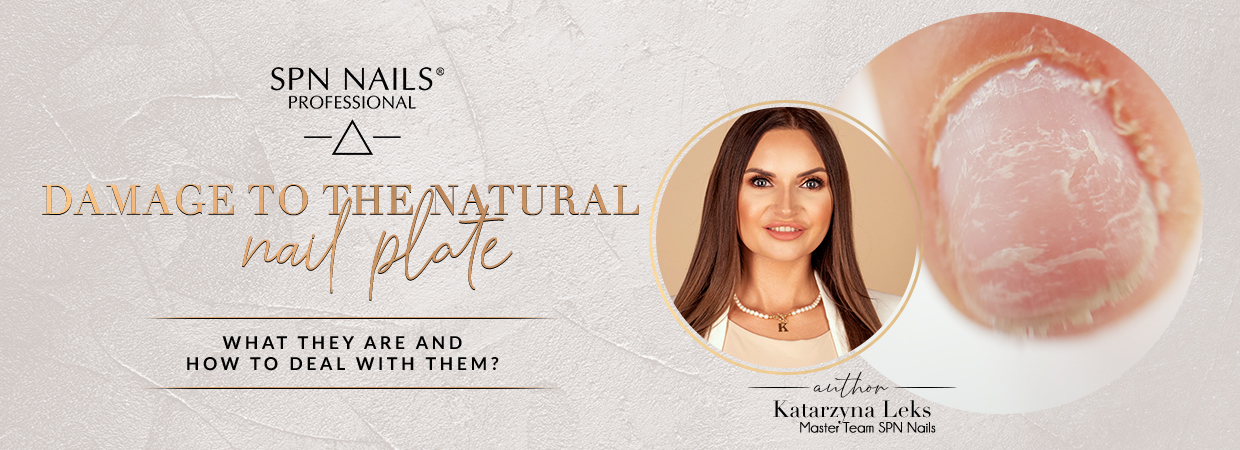
Damage to the natural nail plate is an increasingly common phenomenon. The following factors certainly contribute to this: easy access to nail styling products, the fashion for a deep milling manicure.
In the following blog post, I would like to introduce you to the anatomy of the nail, describe the most common damages and how to deal with them with the use of FIBER Gel.
The nail plate does not breathe, is not supplied with blood or innervated, and it does not regenerate. Any damage we make will remain on it until it is completely fused together. That is why in the work of a nail stylist it is so important to know the anatomy of the nail and to understand the processes that take place in it.
Excessive removal of the upper layer of the nail leads to overfilled nails (photo 1).
A nail with such damage is very delicate, excessively sensitive to touch or temperature, all kinds of products (hybrid, gel, acrylic, etc.) do not stick to the plate, numerous air pockets appear. The only thing we can do in this case is to wait for the nail to grow back, shorten it as much as possible, recommend supplementation, which will result in faster nail growth, and apply a thin layer of FIBER GEL. The nylon fibers in this gel act as a reinforcing mesh for a damaged nail.
Onycholysis
It occurs as a result of mechanical injuries (fingernail tearing), chemical and thermal burns. Nails with onycholysis are much more likely to develop bacterial or fungal infections. The pocket that results from the detachment of the nail from the placenta is an ideal place for the development of all kinds of microorganisms. In this case, we shorten the free edge of the nail as much as possible, apply the Anti Green preparation, which contains TOLNAFTATE - a substance with antifungal properties. It is worth informing the client how she can take care of the cleanliness and hygiene of such a nail and provide her with the above-mentioned preparation.
The delamination of the nail (photo 2), in other words, the tearing of the keratin layers. This state can be caused by strong chemicals, too aggressive removal of hybrid polishes with removers or acetone, tearing off the hybrid / gel / acrylic mass, and nervous nibbling.
Mechanical damage to the nail matrix (photo 3) - often, as a result of severe damage, the work of the matrix is disrupted. It begins to produce a deformed, weaker nail or even stops working altogether, and consequently the plate does not grow. Often in such situations, it is accompanied by distortion of the periungual shaft. Unfortunately, in such cases, modern cosmetology and medicine are powerless and unable to help in an effective way. If, as a result of an injury, the matrix has stopped working completely, the nail does not grow, we absolutely cannot apply hybrid polish, gel, acrylic, etc. If our problem is only nail deformation, then we can easily cover it with hardening material.
Missing edges
Often, with delicate plates or damaged growth points, the sides of the nail can crumble or not grow in parallel. In the case of a square shape, this situation greatly spoils the appearance of the styling. Unfortunately, we do not always have time to reach for forms and make teh nails agian. When the minutes flow relentlessly, all you need to do is reach for Acryl-O!-Gel or FIBER GEL. These two products, thanks to their dense consistency, will allow us to add the sides without the need to use nal forms or make extensions once again.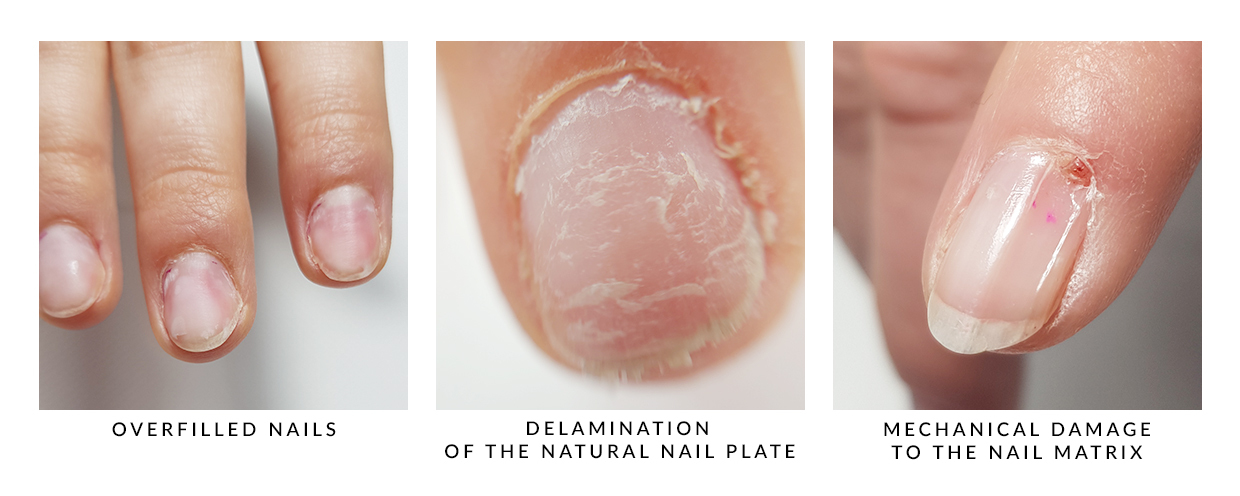
Katarzyna Leks,
SPN Nails Master Team Educator

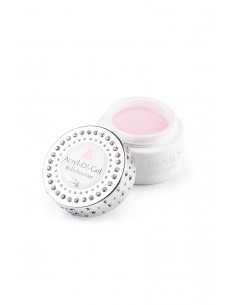

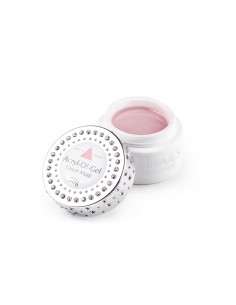

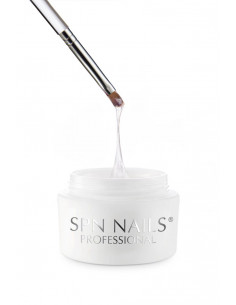

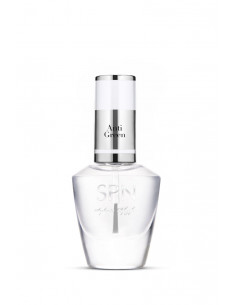

Comments (0)